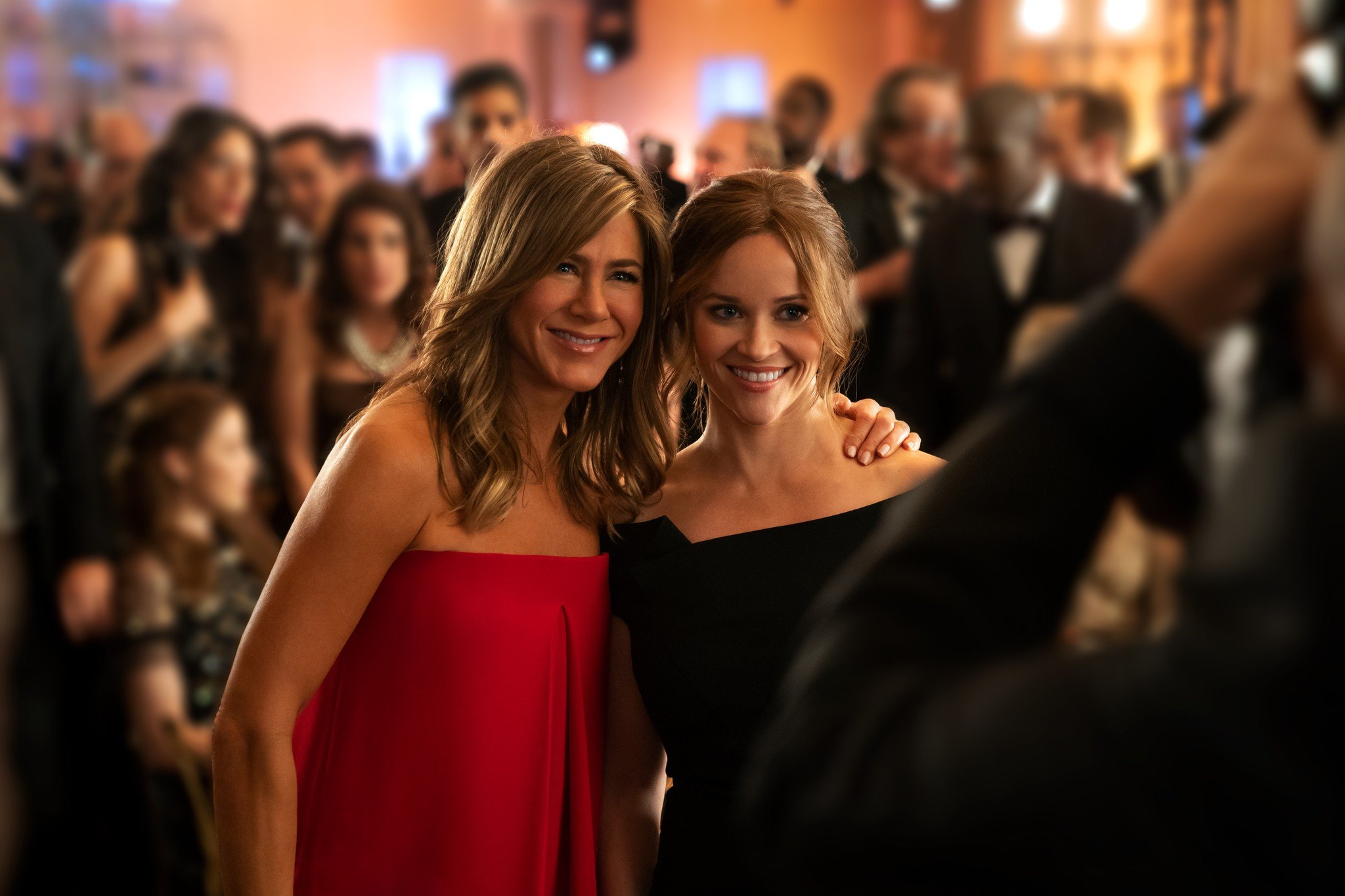'The Morning Show' director explains how they created a show within a show

What you need to know
- "The Morning Show" director and exec. producer Mimi Leder has been speaking with Variety.
- Production designer John Paino joined to talk about the sets involved in making the show.
- The team checked out multiple real-life TV sets to get inspiration.
Executive producer and director Mimi Leder and production designer John Paino have been speaking with Variety about how they worked to make the show within the show that was "The Morning Show" for Apple TV+.
The first thing the team needed to do was work out what kind of morning show they wanted to create, with a visit to some real-life shows needed.
They learned of a crucial difference between such programs as "Today" and "Good Morning America," and harder news channels including MSNBC: "We discovered it wasn't like a newsroom [with] the news anchors and all of the desks behind them and activity all over the place," Leder says of the former shows that combine news and entertainment elements.
After picking an overall design, it was then a case of coming up with a set that helped tell the story as much as the cast did. And that involved a lot of light and a ton of light boxes.
"I wanted it to have a heightened or poetic realism with the set feeling like Disneyland, but with the worker bees in the dark catacombs where the walls are dark gray or monochromatic," Paino says. The show-within-the-show set also had to be designed for practicality. "We had to make it shootable for the broadcast guys who are acting as if they are making the show and then also making it shootable for the Apple crew," he explains. "The broadcast guys are shooting in 4K, the Apple guys are shooting in 8K. There's a lot of light built into the set. The archways and the pylons are all light boxes. We basically built a working studio. If we had a signal, we could broadcast out of it."
One theme throughout the design of the show was, apparently, the way information flows through everything. So much so that it was vital to some of the set designs most won't even notice.
For her shot style, Leder wanted "a lot of windows through which you would see the monitors, so that whatever angle we were on, you would see monitors." For Paino, the use of LED screens was also to further capture the New York setting, as well as the theme of how information spreads, which was inherent to the story they were telling.
The full Variety piece is well worth a read if you're at all interested in what goes into making a TV show.
iMore offers spot-on advice and guidance from our team of experts, with decades of Apple device experience to lean on. Learn more with iMore!

Oliver Haslam has written about Apple and the wider technology business for more than a decade with bylines on How-To Geek, PC Mag, iDownloadBlog, and many more. He has also been published in print for Macworld, including cover stories. At iMore, Oliver is involved in daily news coverage and, not being short of opinions, has been known to 'explain' those thoughts in more detail, too.
Having grown up using PCs and spending far too much money on graphics card and flashy RAM, Oliver switched to the Mac with a G5 iMac and hasn't looked back. Since then he's seen the growth of the smartphone world, backed by iPhone, and new product categories come and go. Current expertise includes iOS, macOS, streaming services, and pretty much anything that has a battery or plugs into a wall. Oliver also covers mobile gaming for iMore, with Apple Arcade a particular focus. He's been gaming since the Atari 2600 days and still struggles to comprehend the fact he can play console quality titles on his pocket computer.

